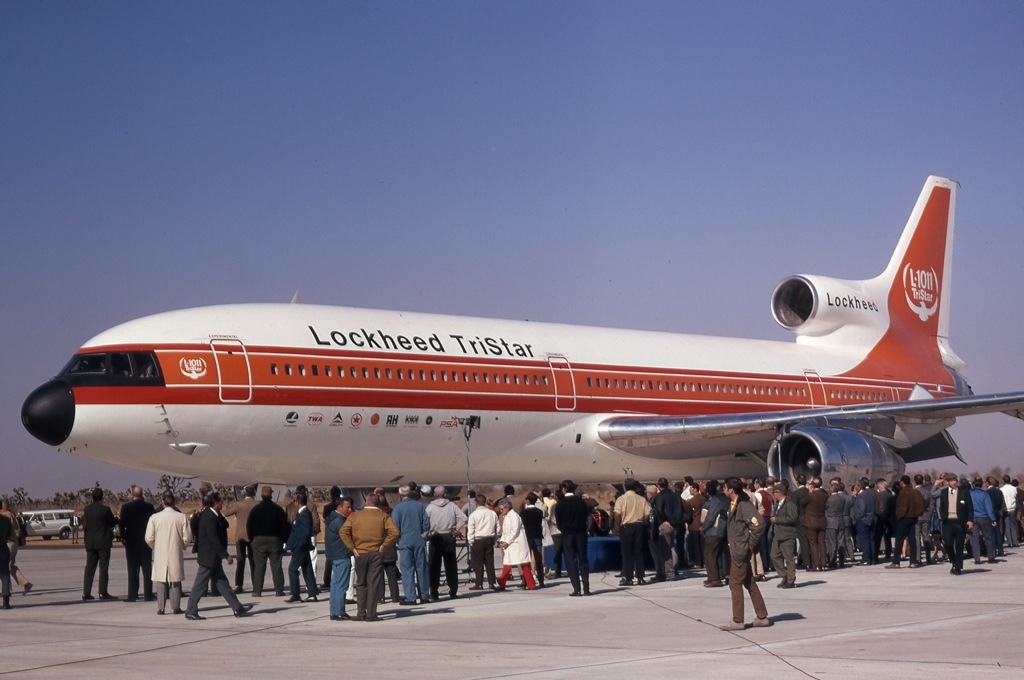|
Minisat 01
The Minisat 01 was a satellite developed in Spain as means to kickstart its space program. The project started in 1990 and was funded by both the Inter-Ministerial Committee of Space Science and Technology (CICYT) and the Instituto Nacional de Técnica Aeroespacial (INTA) who was also responsible for the project's management. After some feasibility studies, the satellite entered design phase in 1993. The main objectives of the program were to develop a technology demonstrator to test and develop the nation's capabilities to produce and manage spacecraft. To this end, INTA teamed up with private enterprises and universities to acquire funds and resources. Nonetheless, emphasis was also put on keeping the costs to a minimum and to ensure affordability. The initial program was supposed to involve at least four minisatellites (Minisat 1 to 4) but only Minisat 01 was put into orbit. A second design, the Minisat 02, was developed and tested in 2001 but the mission was canceled and the s ... [...More Info...] [...Related Items...] OR: [Wikipedia] [Google] [Baidu] |
Instituto Nacional De Técnica Aeroespacial
The Instituto Nacional de Técnica Aeroespacial «Esteban Terradas» (INTA, ) is an autonomous agency of the Spanish public administration dependent on the Secretariat of State for Defence (SEDEF). It is responsible for the aerospace, aeronautics, hydrodynamics, and defense and security technologies research. The INTA was established in 1942, as the Instituto Nacional de Técnica Aeronáutica (), and it was integrated in the Ministry of the Air. It has its headquarters in Torrejón de Ardoz, near Madrid. Organization Its budget, €190 million in 2019, comes from the Spanish Ministry of Defence and from its own projects with the industry. As of 2017, INTA had a total of 1500 employees, 80% of them are dedicated to R&D activities. Its two main areas of activity are research and development (for example, in propulsion, materials, remote sensing) and certification and testing (for example, in aircraft, software, metrology). Programs and missions Satellites Main ob ... [...More Info...] [...Related Items...] OR: [Wikipedia] [Google] [Baidu] |
Multi-core Processor
A multi-core processor is a microprocessor on a single integrated circuit with two or more separate processing units, called cores, each of which reads and executes program instructions. The instructions are ordinary CPU instructions (such as add, move data, and branch) but the single processor can run instructions on separate cores at the same time, increasing overall speed for programs that support multithreading or other parallel computing techniques. Manufacturers typically integrate the cores onto a single integrated circuit die (known as a chip multiprocessor or CMP) or onto multiple dies in a single chip package. The microprocessors currently used in almost all personal computers are multi-core. A multi-core processor implements multiprocessing in a single physical package. Designers may couple cores in a multi-core device tightly or loosely. For example, cores may or may not share caches, and they may implement message passing or shared-memory inter-core comm ... [...More Info...] [...Related Items...] OR: [Wikipedia] [Google] [Baidu] |
Lockheed L-1011 TriStar
The Lockheed L-1011 TriStar, also known as the L-1011 (pronounced "El-ten-eleven") and TriStar, is an American medium-to-long-range, wide-body trijet airliner built by the Lockheed Corporation. It was the third wide-body airliner to enter commercial operations, after the Boeing 747 and the McDonnell Douglas DC-10. The airliner has a seating capacity of up to 400 passengers and a range of over . Its trijet configuration has three Rolls-Royce RB211 engines with one engine under each wing, along with a third engine center-mounted with an S-duct air inlet embedded in the tail and the upper fuselage. The aircraft has an autoland capability, an automated descent control system, and available lower deck galley and lounge facilities. The L-1011 TriStar was produced in two fuselage lengths. The original L-1011-1 first flew in November 1970 and entered service with Eastern Air Lines in 1972. The shortened, longer range L-1011-500 first flew in 1978 and entered service with British Airw ... [...More Info...] [...Related Items...] OR: [Wikipedia] [Google] [Baidu] |
Telecommunications Link
In a telecommunications network, a link is a communication channel that connects two or more devices for the purpose of data transmission. The link may be a dedicated physical link or a virtual circuit that uses one or more physical links or shares a physical link with other telecommunications links. A telecommunications link is generally based on one of several types of information transmission paths such as those provided by communication satellites, terrestrial radio communications infrastructure and computer networks to connect two or more points. The term ''link'' is widely used in computer networking to refer to the communications facilities that connect nodes of a network. Sometimes the communications facilities that provide the communication channel that constitutes a link are also included in the definition of ''link''. Types Point-to-point A point-to-point link is a dedicated link that connects exactly two communication facilities (e.g., two nodes of a network, an ... [...More Info...] [...Related Items...] OR: [Wikipedia] [Google] [Baidu] |
S Band
The S band is a designation by the Institute of Electrical and Electronics Engineers (IEEE) for a part of the microwave band of the electromagnetic spectrum covering frequencies from 2 to 4 gigahertz (GHz). Thus it crosses the conventional boundary between the UHF and SHF bands at 3.0 GHz. The S band is used by airport surveillance radar for air traffic control, weather radar, surface ship radar, and some communications satellites, especially those used by NASA to communicate with the Space Shuttle and the International Space Station. The 10 cm radar short-band ranges roughly from 1.55 to 5.2 GHz. The S band also contains the 2.4–2.483 GHz ISM band, widely used for low power unlicensed microwave devices such as cordless phones, wireless headphones (Bluetooth), wireless networking (WiFi), garage door openers, keyless vehicle locks, baby monitors as well as for medical diathermy machines and microwave ovens (typically at 2.495 GHz). India's reg ... [...More Info...] [...Related Items...] OR: [Wikipedia] [Google] [Baidu] |


